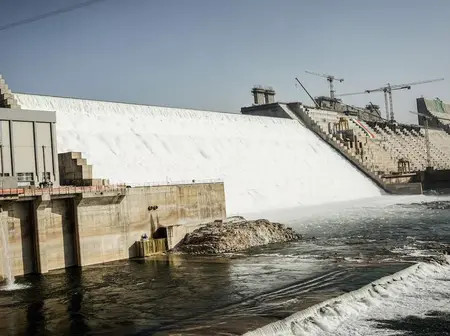Kenyan president William Ruto is in Ethiopia to attend Africa’s Second Climate Summit, and later on, grace the official launch of the Grand Ethiopian Renaissance Dam among other Presidents.
The $4.2bn hydroelectric project on the Blue Nile has been more than a decade in the making and is billed as Africa’s largest dam. It is expected to generate 6,450 megawatts of electricity, more than doubling Ethiopia’s current power capacity and positioning the country as a potential regional energy hub.
Addressing parliament in Addis Ababa, Abiy said the inauguration would coincide with Ethiopia’s New Year celebrations in early September. “This is not just Ethiopia’s dam. It is a symbol of African resilience and development,” he said.
Construction began in 2011 and was largely financed through domestic fundraising and bond sales, making the project a source of national pride. The government argues the dam will stabilise river flow, reduce flooding and provide affordable electricity to millions of households.
The project has nevertheless fuelled longstanding tensions with Egypt and Sudan, both heavily dependent on Nile waters.
Egypt, which draws about 97 per cent of its freshwater from the river, has warned that the dam could sharply reduce flows downstream. Sudan has raised concerns over dam safety and its impact on existing infrastructure.
Despite years of African Union mediated talks, the three countries have yet to agree on how the dam should be operated or on a binding water sharing framework. Addis Ababa insists the GERD will not cause significant harm to its neighbours and has invited Cairo and Khartoum to attend the inauguration. Neither has responded publicly.
Ethiopian Electric Power says two additional turbines were switched on in August, raising output to more than 2,000 megawatts as the reservoir continues to fill.

Leave a Reply